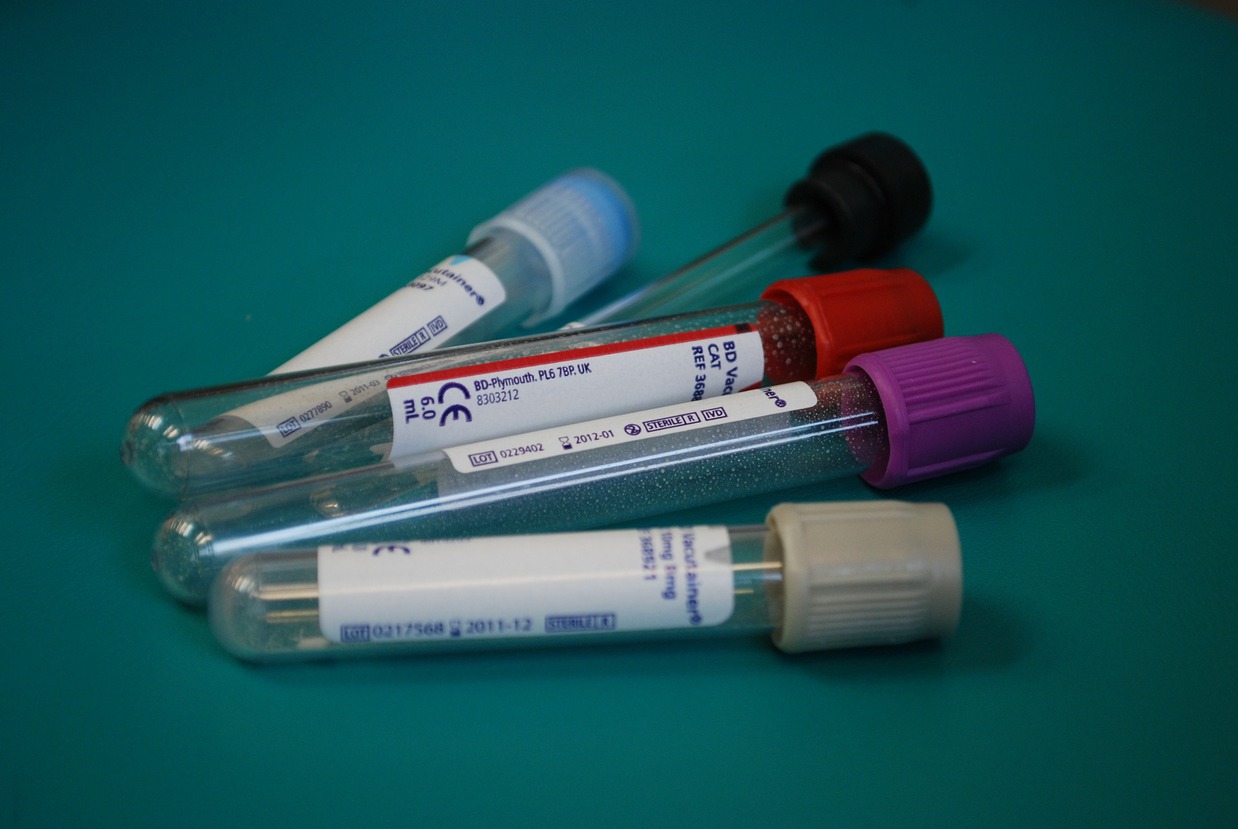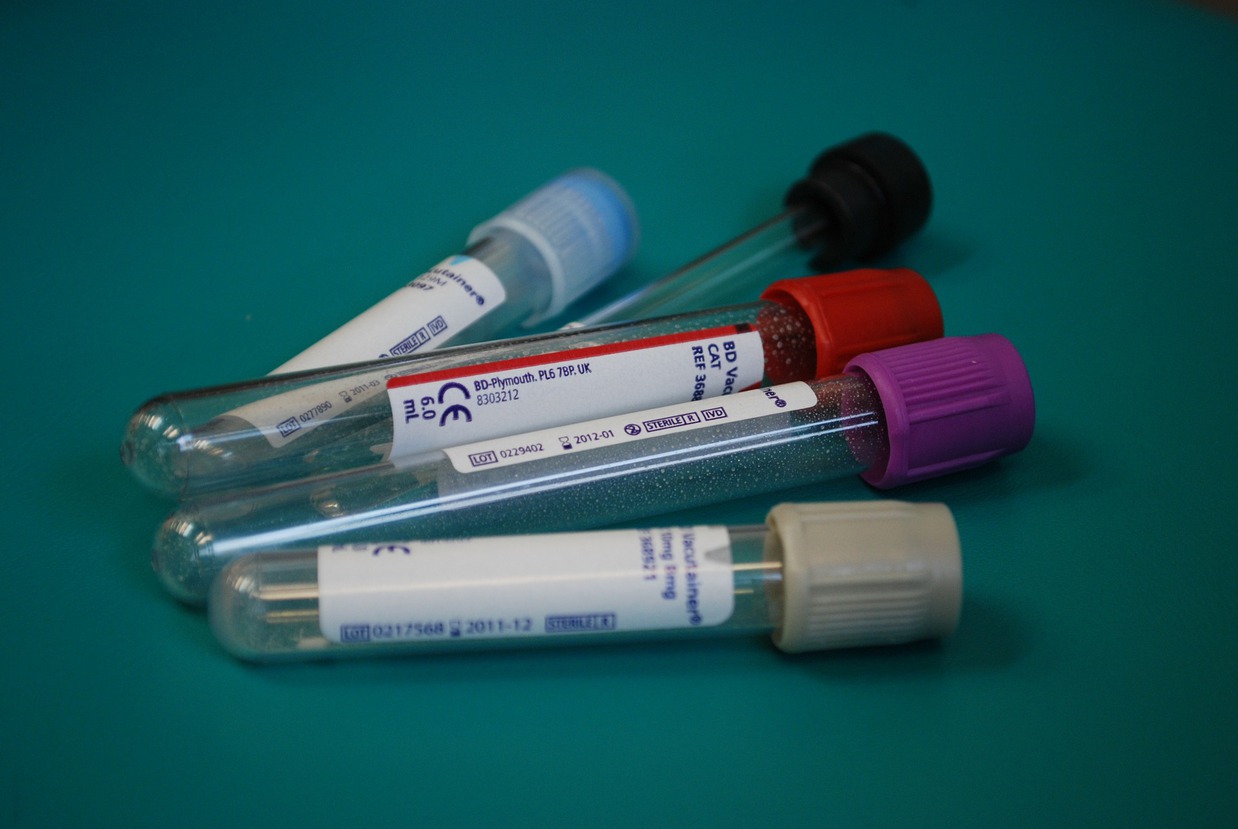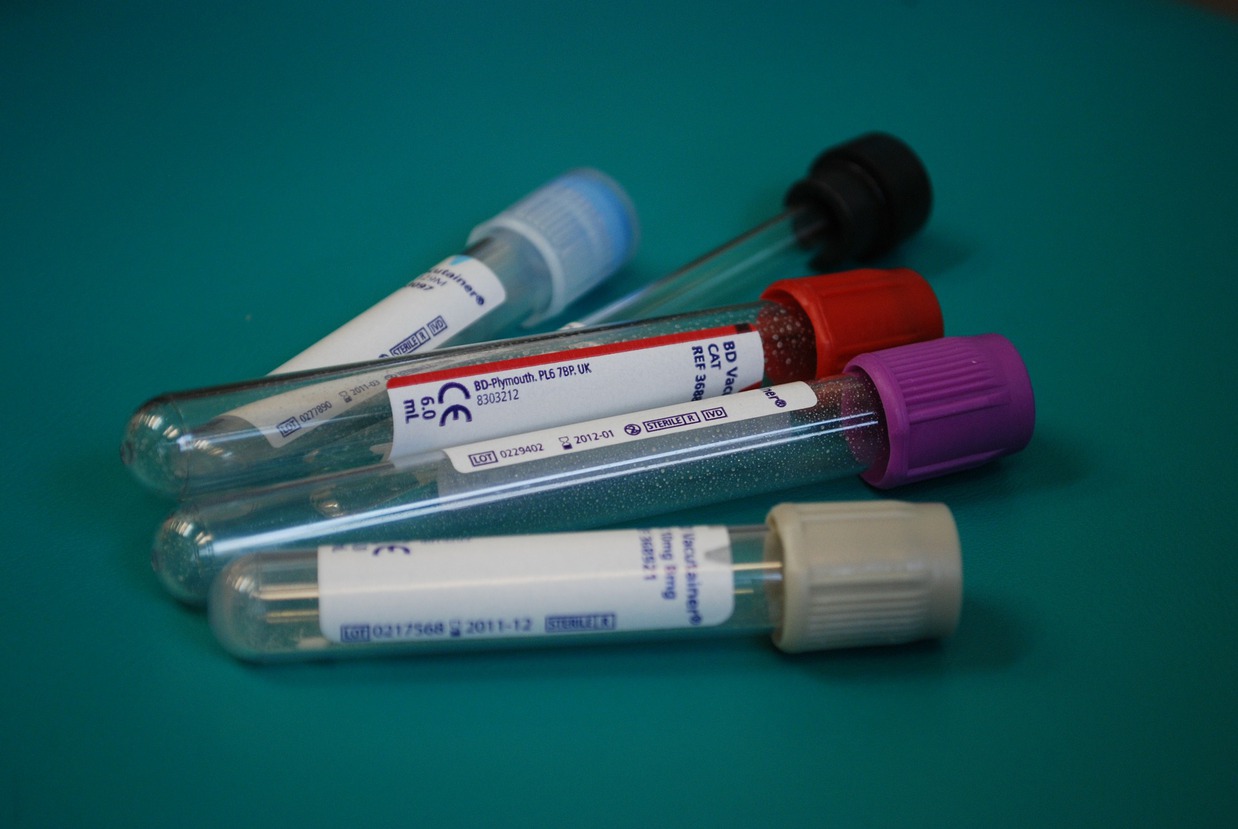
- Posted
- Categories
-
- Open Working
OpenPrescribing Newsletter October 2019
New Paper in BMJ

Our newest paper is now out in the BMJ! Here we show huge variation in adoption of warranted changes in prescribing behaviour, using some exciting new openly available change detection methods.
New measures
We now have over 80 measures!
This month we have launched a range of new measures. As always, measures are prioritised on your dashboard by potential for improvement so you can quickly and easily spot where your organisation is an outlier. You can also sort by potential savings or group measures by clinical condition.

















